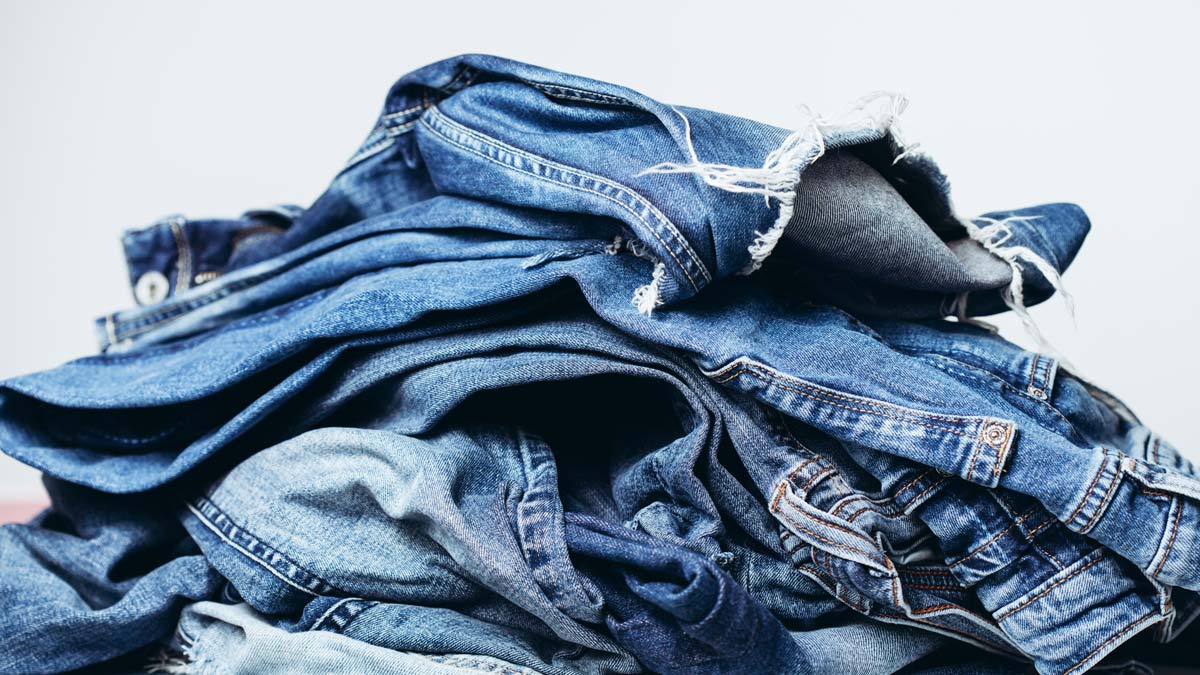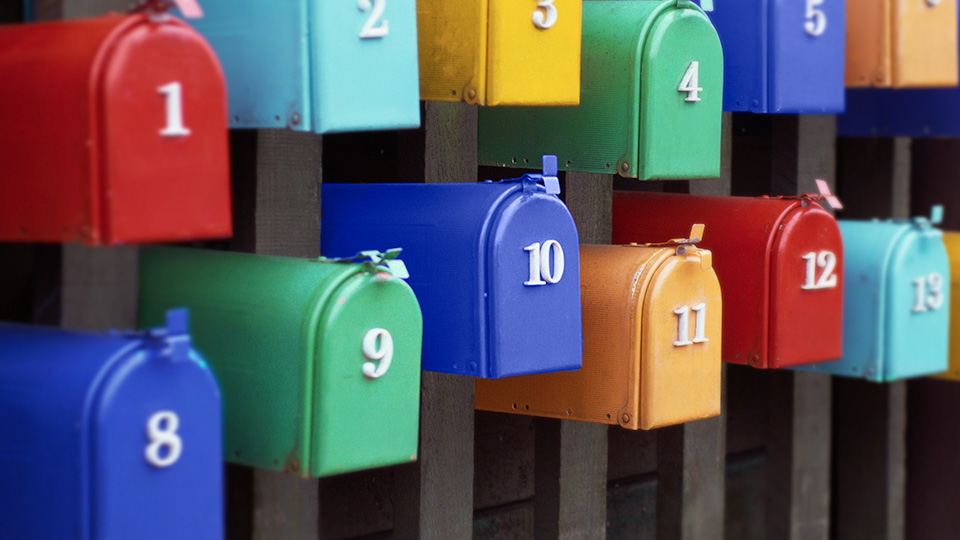It won’t likely come as a surprise to most marketers that sustainability remains a top priority for many consumers. In a recent survey conducted by supply chain management company Blue Yonder, 78% of consumers reported that sustainability concerns are “very” or “somewhat” important to them when making purchasing decisions.
While this presents a significant opportunity for brands, as VP of Business Development at Quad Jamie McGarry notes, capturing these consumers requires more than lip service. “More than just engaging in sustainable processes and practices or using sustainable materials, brands must be strategic with how they approach sustainability across their business and how they communicate it to consumers — showing that sustainability is, in fact, baked into the pie,” she says.
Brands that have integrated sustainability into their business models to provide value to consumers via actionable initiatives are reaping the rewards. In 2024, more and more marketers — in sectors ranging from fashion and beauty to restaurants and grocers — have been making sustainability part of their brand narrative.
Marketers that are enabling circular fashion
Consumers are increasingly prioritizing sustainability in fashion, contributing to the growth of resale. According to a 2023 report by ThredUp, the global secondhand clothing market is expected to be valued at $350 billion by 2027. A growing number of brands are seizing the opportunity.
Retail recycling and rewards platform Trashie launched its “Take Back Bag” in February to make recycling textiles easier. For $20, the company provides a bag that can be filled with used clothing, shoes, accessories and linens from any brand (in nearly any condition) and mailed back to the company using a prepaid shipping label. In return, customers earn rewards that can be redeemed through partners including Allbirds, ThirdLove and Our Place.
Carhartt recently announced an expansion of its resale program Carhartt Reworked. In partnership with resale processing company Trove, the program now allows customers to mail in eligible, gently worn Carhartt gear in exchange for a digital Carhartt gift card. Used clothing is then reconditioned and resold on Reworked.Carhartt.com.
Healthcare apparel brand Figs recently promoted a month-long initiative in which customers could receive a $50 discount on a new pair of scrubs when they traded in an old pair from any brand, in any condition. Environmental service firm RoadRunner turns the old scrubs into “raw materials to create new textiles for items like sports equipment and carpets, among other products,” Modern Retail’s Maria Monteros reports.
“Many apparel companies are finding ways to engage in sustainability practices that prove valuable to both their customers and their business — where recycling or upcycling goods demonstrates their sustainability commitment while also creating additional revenue streams,” McGarry says.
And making such sustainability programs simple (with straightforward results and incentives) can make all the difference.
“Clear goals make brands more trustworthy for consumers, as they’re easy for shoppers to understand and independently verify,” says Tom McRae, Sales & Marketing Manager at Quad.
Marketers focused on recycling what’s hard to recycle
Product package recycling has gotten a bad rap in recent years, as research has revealed that plastic is not as recyclable as we were once led to believe (as we noted in an earlier Quad Insights post titled “The importance of clarity, honesty and transparency in ‘green’ marketing”).
Considering that product packaging less than two inches in size isn’t generally considered recyclable, as PopSugar’s Jessica Harrington reports, the beauty industry faces unique obstacles to recycling. But some retailers and brands aren’t facing the challenge head-on.
In March, Ulta Beauty announced the expansion of its in-store packaging take-back program to all of its locations in partnership with packaging waste solutions organization Pact Collective, per Glossy’s Zofia Zwieglinska. Initially launched in 2023 in 90 of its stores, the program is designed to give customers “a seamless and responsible solution to discard their empty packaging as well as their hard-to-recycle empty packaging,” Kristin Wolf, Ulta Beauty’s Senior VP of Enterprise Strategy and Transformation, told Zwieglinska.
Each of Ulta’s 1,350-plus stores now have collection bins where customers can place their empty beauty product containers, which are then processed by Pact Collective either through upcycling, downcycling, molecular recycling or waste-to-energy conversion. The bins, however, aren’t just for facilitating collections; with visuals and information, they also seek to educate consumers about the environmental impact of their disposal decisions — an essential step toward incentivizing usage.
A recent Quad study showed that only 10% of sustainably minded consumers actually use retailer recycling drop-off bins. But when consumers are educated during their shopping experience via in-store signage, researchers saw a 30% increase in shopper awareness of these bins. (More details at “The Influence of In-Store Recycling Signage on Consumer Behavior: A Study of Visual Attention and Usage of Store Drop-Off Bins,” published in April in the trade journal Sustainability.)
“When both brands and retailers take steps to educate consumers about the availability of these programs, it raises awareness and lends credibility to sustainable practices,” says Shannon Anderson, Client Research Manager, Packaging, at Quad. “Consumers are increasingly looking to brands and retailers to address recycling challenges so that the burden no longer rests solely on consumers’ shoulders.”
Once thought to be difficult or even impossible, recycling certain types of plastic food containers is now a reality — thanks to TerraCycle. The company partners with brands and retailers to create free recycling programs for consumers. Taco Bell, for instance, allows customers to mail used sauce packets from its restaurants to TerraCycle facilities, where “the materials are recycled into raw formats that manufacturers use to make new products,” according to the company. Customers then earn reward points that can be redeemed for donations to specific charitable organizations or schools.
In April, Taco Bell announced the expansion of its TerraCycle partnership to include sauce cups, soufflé cups and lids, as well as coffee creamer pods from any brand, per QSR Magazine. The company renamed the initiative the Taco Bell Sauce Container U.S. Recycling Program to reflect its inclusion of other brands — a move that represents the “logical next step in reducing our waste,” Taco Bell Director of Global Nutrition & Sustainability Missy Schaaphok told QSR.
Marketers focused on reducing food waste
According to a 2023 survey conducted by Gallup, 86% of U.S. adults think American households should do more to reduce the amount of food they waste. Given that one-third of all food in America is wasted each year, it’s not surprising that food brands and retailers are responding — some in creative fashion.
Hellmann’s recently launched an AI-enabled tool, developed in partnership with Google Cloud, “to help households use up more of the food they have in their fridge with great-tasting recipes,” Sustainable Brands reports. Meal Reveal, as the tool is dubbed, allows consumers to scan the contents of their refrigerator with their mobile phone and leverage Google Cloud’s Vertex AI to match ingredients to recipe suggestions. The app offers an unexpected solution to what Hellmann’s calls “fridge blindness.”
In a move designed to tackle both food waste and food access, The Save Mart Companies in March announced a partnership with digital food waste company Flashfood. Flashfood’s free app allows users to shop for surplus fresh produce, meat and other high-quality goods at discounted prices. Through this partnership, shoppers in California and western Nevada will be able to select and purchase these discounted food items directly through the app and pick them up at any of The Save Mart Companies’ 194 banner locations — which include Save Mart, Lucky and FoodMaxx. On the access front, EBT payment capabilities are built into the platform, enabling more than 4.6 million SNAP customers to take advantage of these deals. “Together, we’re tackling food waste so that the bounty of California’s farms ends up on the dinner table, not in a landfill,” said Tamara Pattison, Senior VP and Chief Digital Officer at The Save Mart Companies, when the partnership was announced.
Building trust among consumers
Consumers are expecting more from brands when it comes to sustainability and are willing to pay more for it, too. In fact, 66% of U.S. consumers of all ages surveyed for PDI Technologies’ 2023 Business of Sustainability Index — and 80% of those ages 18-34 — said they are willing to pay more for sustainable products.
Yet, as Blue Yonder’s survey revealed, 35% of consumers don’t actually trust brands’ sustainability claims. Herein lies the opportunity for enterprising brands.
“This is where transparent, meaningful and actionable initiatives can connect the dots for consumers, demonstrating that ‘sustainable’ is more than a claim,” McGarry says. “It’s an IRL expression of a brand’s commitment to doing better by the environment and consumers — and one that consumers will greatly reward.”
Want to continue the conversation? Please contact Ashley Wacht to learn about how Quad can help your brand with its sustainability goals. And watch for coverage of Quad’s 2024 Sustainability Symposium (May 9 in Greenville, South Carolina) in our Quad Insights section.



